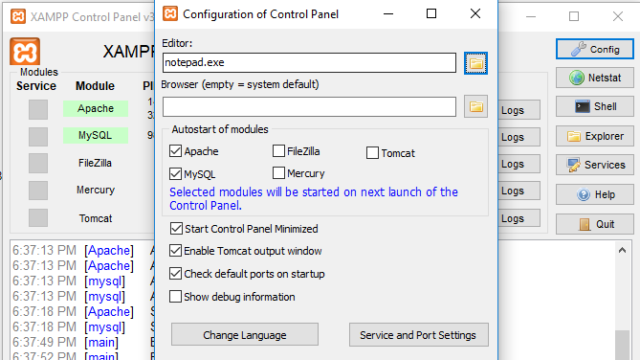

Let’s explore the key differences in detail. Released nearly seven years after Magento 1, Magento 2 differs (and is better) from the previous version in many ways.

Magento 2 Speed Optimization Tips for 2020.Magento 2 SEO Tips to Get Higher Rankings in 2020.How to Install Magento 2.x on Localhost?.What Are the System Requirements for Magento 2.x Installation?.What’s New in the Latest Magento 2.3.4?.If you are one of them or just thinking of using Magento 2 to set up and run your online store or even a Magento developer, this guide is just the perfect thing for you! However, as soon as Magento announced that they would be discontinuing support for Magento 1 by June 2020, nearly all merchants started planning to migrate their existing online stores to the newest version. According to data from BuiltWith, over 42K eCommerce websites still operate on Magento 1.x. While some eCommerce merchants made the switch, others decided to stay on earlier versions. Initially developed by Varien and now owned by Adobe, Magento, in 2015, released Magento 2 – the most awaited update to Magento 1 focused on improving certain flaws of their eCommerce platform to provide customers with a faster and easier shopping experience. The world’s top brands, such as Ford, Bulgari, Land Rover, Nike, and Pepe Jeans, use this eCommerce software.Magento 2 is utilized by 1 in 4 businesses worldwide.Magento 2 is used by over 49,000 online stores worldwide.On average, merchants using this eCommerce platform grow three times faster than those using other eCommerce platforms.Over 250,000 merchants worldwide use it to power their eCommerce business.It powers nearly 0.6% of the internet, which is nearly 1% share of the CMS market.

Let’s check out some other interesting facts and statistics about the world’s most flexible eCommerce platform: Since the launch of the initial version back in 2008, the eCommerce platform is continuously evolving, and today, it holds a significant market share of 7% in the eCommerce space, according to BuiltWith.Īs you can see from the above graphic, Magento stands at the third position after WooCommerce (27%) and Shopify (21%), two of the largest eCommerce platforms in use today. If you’re in the eCommerce business, then the chances are that you have heard of Magento or are already using it to run your eCommerce store.


 0 kommentar(er)
0 kommentar(er)
